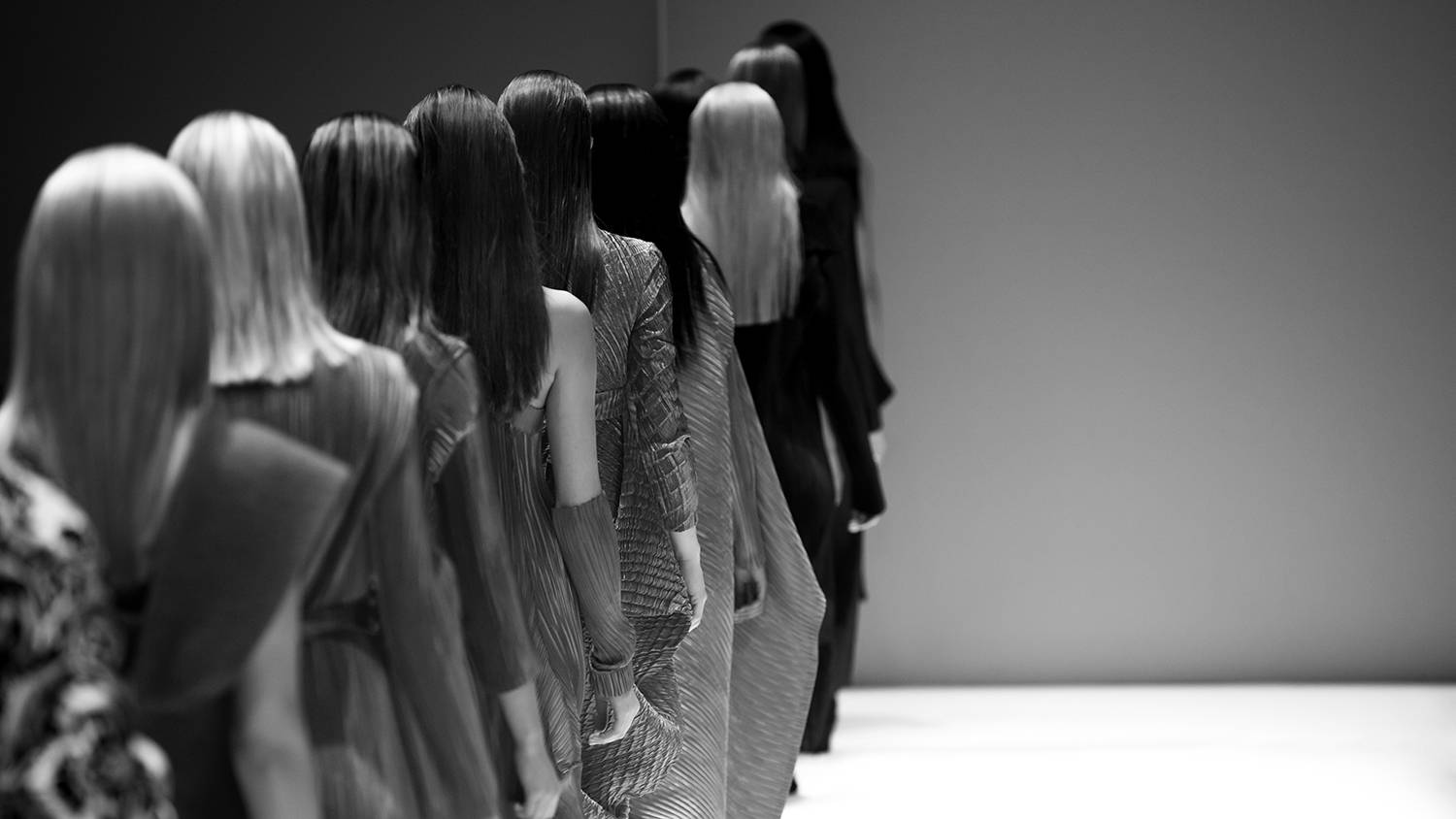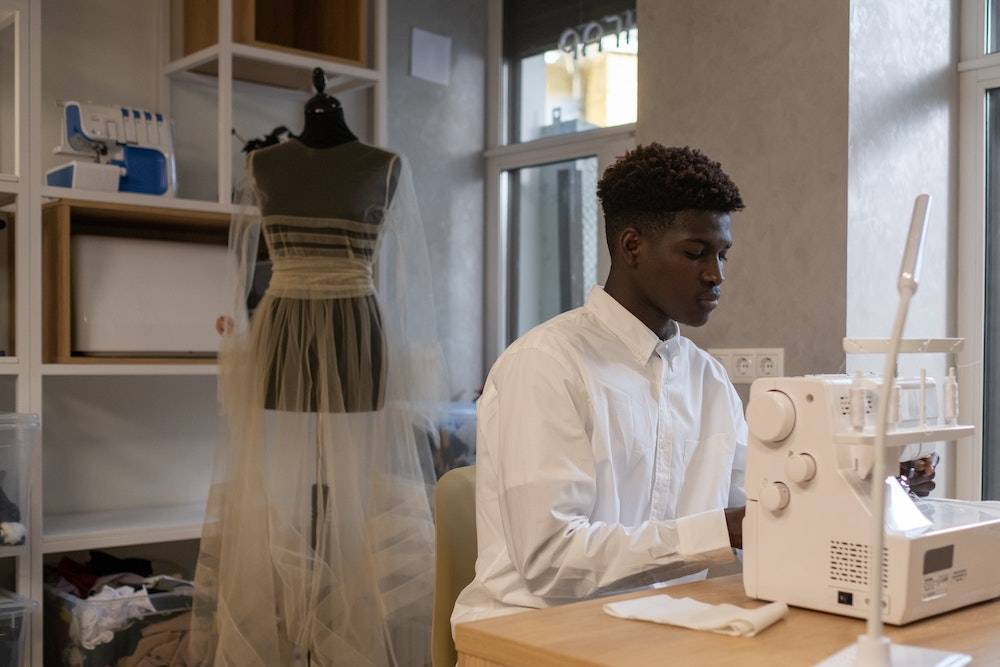
Worker wellbeing in the fashion industry: At the crux of the matter
Reflections on the issues – and the issues behind the issues
By Renee Fortune

Whose Responsibility is It?
What many members of the public are not aware of, is the complexity of the living wage issue and some of the underlying reasons for why fast fashion brands are dragging their feet when it comes to implementing real, meaningful change. A paper written by student, Raisul Islam Rifat provides a broader perspective on the issue.
To understand the complexities involved, we need to look at the nature of legislation around production processes and the statutory responsibilities of brands. We often think of the fashion value chain as including a supplier factory and a brand, but the network is far broader. The global fashion value chain includes the entire life cycle of the garment from design, to manufacture, to sale and disposal.
Consider a simple example like the buttons on a blouse. Before the button itself can be sewn on in a factory, it needs to be produced in a plastic factory through a process of injection moulding after which chemical dyes are added for colour and chemical catalysts are used to harden the plastic. Before being processed as output, the button will go through a stringent polishing and coating process, followed by quality checks and stress tests. To make a button; a single component of a blouse, requires not one supplier but suppliers of suppliers. In terms of the legal processes that govern many of the fashion brands in the world, brands are not responsible for the processes of their suppliers – and the suppliers of their suppliers.
So while many brands can claim to pay their workers a living wage, that is where their consideration begins and ends, because the legalities that regulate the industry have made it legally impossible for brands to be held legally accountable for injustices committed by their suppliers or any subsidiary along the value chain. If they were, the legal repercussions of what’s happening behind the scenes would be brought to their doorsteps to the tune of millions of dollars.
Reflections on What This Means for Us All
So when we interrogate the living wage issue, we’re not only talking about its ethical and moral dimensions – what we need to consider is fundamental legal reform. We’re talking about the decisions of the world’s leaders and the underlying corruption that prevents many of them from steering the legal system in a more just direction. Suddenly, Greta Thunberg’s question: “how dare you?” seems that much more poignant.
To do something, to truly make a difference, we need the private and the public sector to join forces in advocating for social justice and to protect the vulnerable communities around the world whose hands are never shaken and whose faces we never see. We need the top names in fashion to learn from emerging brands who are pushing the sustainability agenda and refusing to become a part of the problem. And we need consumers to realise that every purchase is a vote for a better world or a world in which the status quo continues to exploit the many for the benefit of the few.
The point of this article is really to bring a fraction of the truth to the forefront and to provoke independent and critical thought – to ask readers to think of the ‘issues behind the issues’ and what it’s really going to take to turn the fashion industry around. More importantly, the point is to challenge consumers, individually, in their own capacities to identify ways in which they can drive the impetus that this social justice movement needs. Because thankfully, it has become a movement, and it is truly deserving of that status.
Be prepared – tackling issues like worker welling in the fashion industry will unlock many doors to further realities that have been hidden in plain sight. It is the catalyst of a continuum that will determine whether our collective tomorrow will be a better one.
Sign up to our newsletter
Stay up to date with the latest in sustainable luxury for the home, your style and your beauty regimen.










